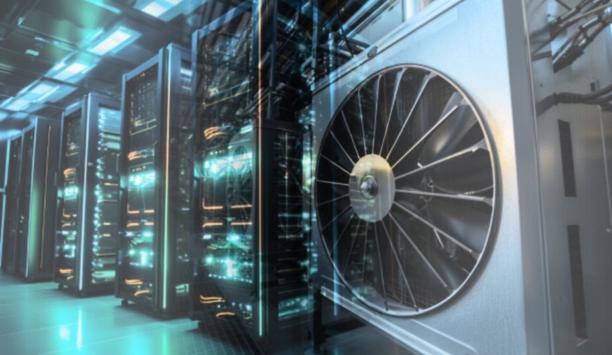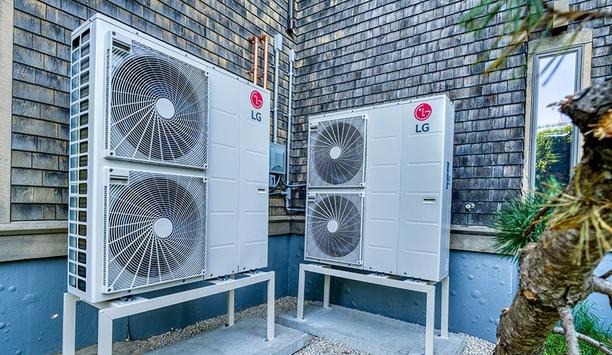Building Management - Expert Commentary
HVAC systems have never received more widespread attention and media coverage than they have this year. As researchers determined that air transmission was a major factor in the spread of COVID-19, HVAC systems quickly became an area of intense discussion. Much of the news coverage from outlets like the New York Times, NPR, CNBC, or USA Today focused on air filtration. HEPA and MERV have become acronyms that people recognize, and UV Light and Plasma Ionization air purifiers have almost become di...
As we look back at 2020, we are all reflecting on the year that was, and what we have learned from it. In the HVAC space, the year provided us with opportunities for growth and change, as we adjusted to our “new normal.” Here’s a look at some of the HVAC trends we see happening now taking hold as we head into 2021. Advancements and applications in indoor air quality - especially in HVAC space (SF / MF / CRE) 2020 was filled with starts and stops with regards to innovation...
Until very recently the concept of unplanned shutdowns of HVAC systems and other evaporative cooling equipment in facilities was foreign to most building managers. Shutdowns would usually occur on a wholly scheduled basis, when equipment required planned maintenance, component repair, or replacement. But, with the occurrence of the global COVID-19 pandemic which saw hundreds of thousands of workers asked to work remotely literally overnight, we have seen thousands of buildings effectively mothb...
The past six months have been busy for those in HVAC as offices are updated and made safe for people to return. In addition to the various standard checks that need to be carried out, more care is being taken in relation to air movement and filtration to prevent the spread of disease. There is evidence that at least some of the COVID-19 virus can remain suspended in the air and infectious for up to 3 hours. While this is not the main form of transmission, it is vitally important, especially as...
Sensors have been used in buildings since the invention of air conditioning to understand how buildings are performing, from in-room temperature sensors, to sensors on plant equipment, motors, ductwork and pipes. The Internet of Things (IoT) has enabled more sensors of different types to be deployed in more locations throughout the building easier than ever before. The point of installing and using IoT sensors is to gain deeper insight into how buildings are performing, and ensure buildings ar...
Building HVACR systems rely increasingly on variable speed drives (VSDs) – known sometimes as variable frequency drives (VFDs) - to optimize the energy efficiency of their electric motors. However, it makes sense to pay attention to the significant impact that VSDs and other equipment can have on the network’s power quality. Here, we look at how ultra-low harmonic VSDs can improve the power quality in buildings by eliminating troublesome harmonics at their source. Typical examples o...
From A To L: Your A2L Transition Guide
DownloadLeveraging Radiant And Hydronics To Help Achieve Decarbonization Goals
DownloadSealed Connectors In Harsh Environments
DownloadPowering And Cooling Next Generation Data Centers
DownloadDebunking Myths To Promote A Bright Future For Heat Pumps
Download









